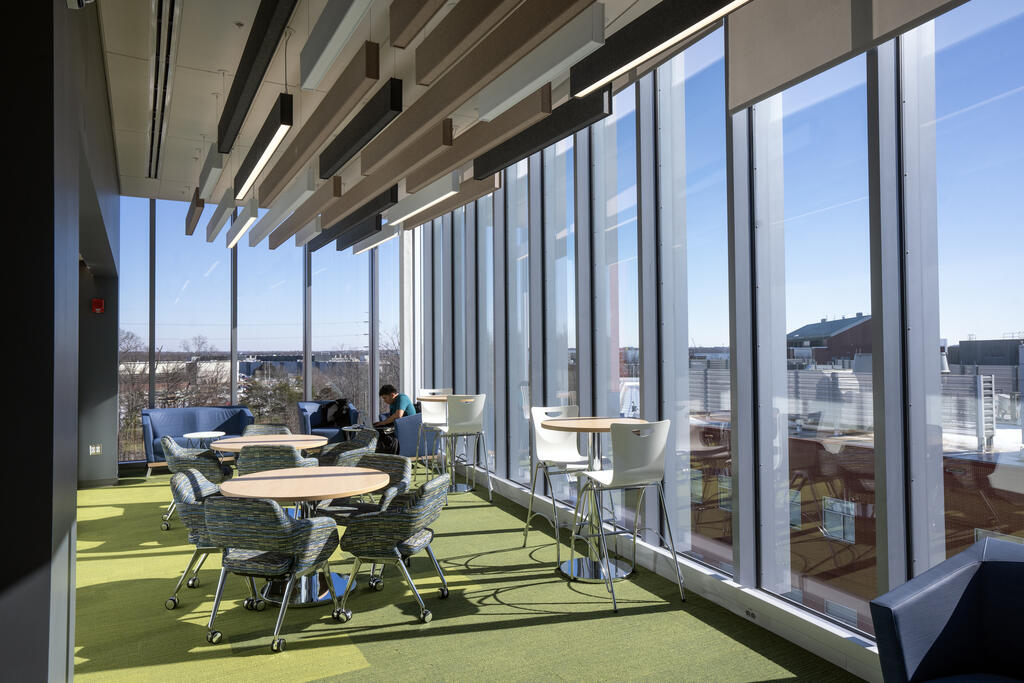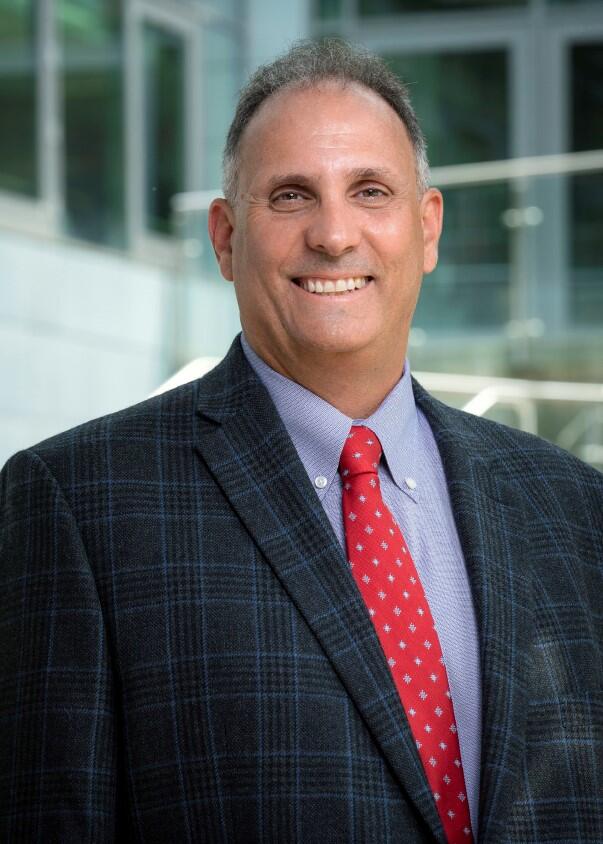Admission CTAs
Dean's blog: NanoIMAGINE the Possibilities
I often say it’s an exciting time to be learning and performing research at George Mason University’s College of Science. We are a young academic institution, compared to a number of our peers in the Commonwealth of Virginia. Yet our pace of innovative thought and research has brought us to the forefront of discovery within many emerging fields, including neuroscience, climate science, systems biology, data science, quantum and materials science and nano technologies.
The average person already encounters nanotechnology in a range of everyday consumer products. When you think about it, everything is made up of atoms– our food, clothing, the buildings we live in, and even our own bodies. Nanoparticles of silver are used to deliver antimicrobial properties in hand washes, bandages, and socks, and zinc or titanium nanoparticles serve as active UV-protective elements in today’s sunscreens. But these nanoparticles were impossible to see until microscopes like scanning tunneling microscopes (STM) and atomic force microscopes (AFM) were invented in the 1980s. The field has emerged in the last decade as a critical economic growth sector for the region.
Mason’s Office of Research, Innovation, and Economic Impact, Mason engineers, and our College of Science colleagues recently received a $3.75 million GO Virginia grant to create a Nano-IMAGINE program. This groundbreaking collaboration, grant, and initiative has the capacity to grow the nanotechnology workforce in our state and nationwide.
Described by National Geographic as “the study and manipulation of individual atoms and molecules,” nanotechnology can increase the surface area of materials to make them stronger, more durable, or even change their color. The article further explains, “working at the nanoscale enables scientists to utilize the unique physical, chemical, mechanical, and optical properties of materials that naturally occur at that scale. Scientists study these properties for a range of uses, from altering consumer products such as clothes, to revolutionizing medicine and tackling environmental issues.”
Perhaps you’re wondering…how does nanotechnology work? Some key requirements are a controlled cleanroom, sophisticated processing tools, and a trained, highly skilled workforce with knowledge of cleanroom protocols, tool operations, and nanoscale fabrication processes. These three components are essential for the development of innovative products in artificial intelligence, cybersecurity, pharmaceutical, energy, telecommunications, aerospace and defense sectors.
Mason recently constructed an addition to its Science and Technology (SciTech) campus: a 1,946 square foot Nanofabrication Facility (NFF) consisting of a class 1000 cleanroom and a class 100,000 characterization lab, making our facility the only one in Northern Virginia that can offer hands-on nanofabrication workforce training and support groundbreaking research and development activities. The NFF has the potential to spur the formation, advancement, and growth of high-tech companies. Growth of the nanotechnology sector will address supply chain demand and ensure we remain on the cutting-edge of new technology development.
The nanotech sector currently generates more than 11,000 direct jobs across Virginia. Mason’s Nano-IMAGINE program will play a key role in building a workforce pipeline for those currently unfilled roles across the state. The College of Science will do its part to further attract and train qualified scientists to grow existing high-tech businesses in Virginia, preparing a ready workforce with nanotechnology skills that can meet the estimated demand. Just as importantly, the Mason NFF can also provide both early stage and highly regarded companies with access to the environments where these products are developed. Through its efforts, Mason aims to support companies like Micron, BAE Systems, and GeneSiC with the creation of this talented workforce pipeline.
Building a cleanroom with sophisticated tools is often cost-prohibitive to emerging businesses. Furthermore, nanotech entrepreneurs are in need of facilities where they can produce novel nanostructures and prototypes. The NFF will also be available to external users, such as startup organizations, at competitive market rates. Mason’s SciTech campus is also adjacent to the Northern Virginia BioScience Center, a 30,000 square foot wet lab building which opened in February 2022 that can supply essential commercial lab space. The possibilities are endless.
Thanks to Mason’s NanoIMAGINE collaboration and partnerships, our scientists will develop critical nanotechnology skills and fully explore nanotechnology impact and its use in everyday life, while possibly also revolutionizing fields like healthcare and manufacturing. Exciting times indeed.

